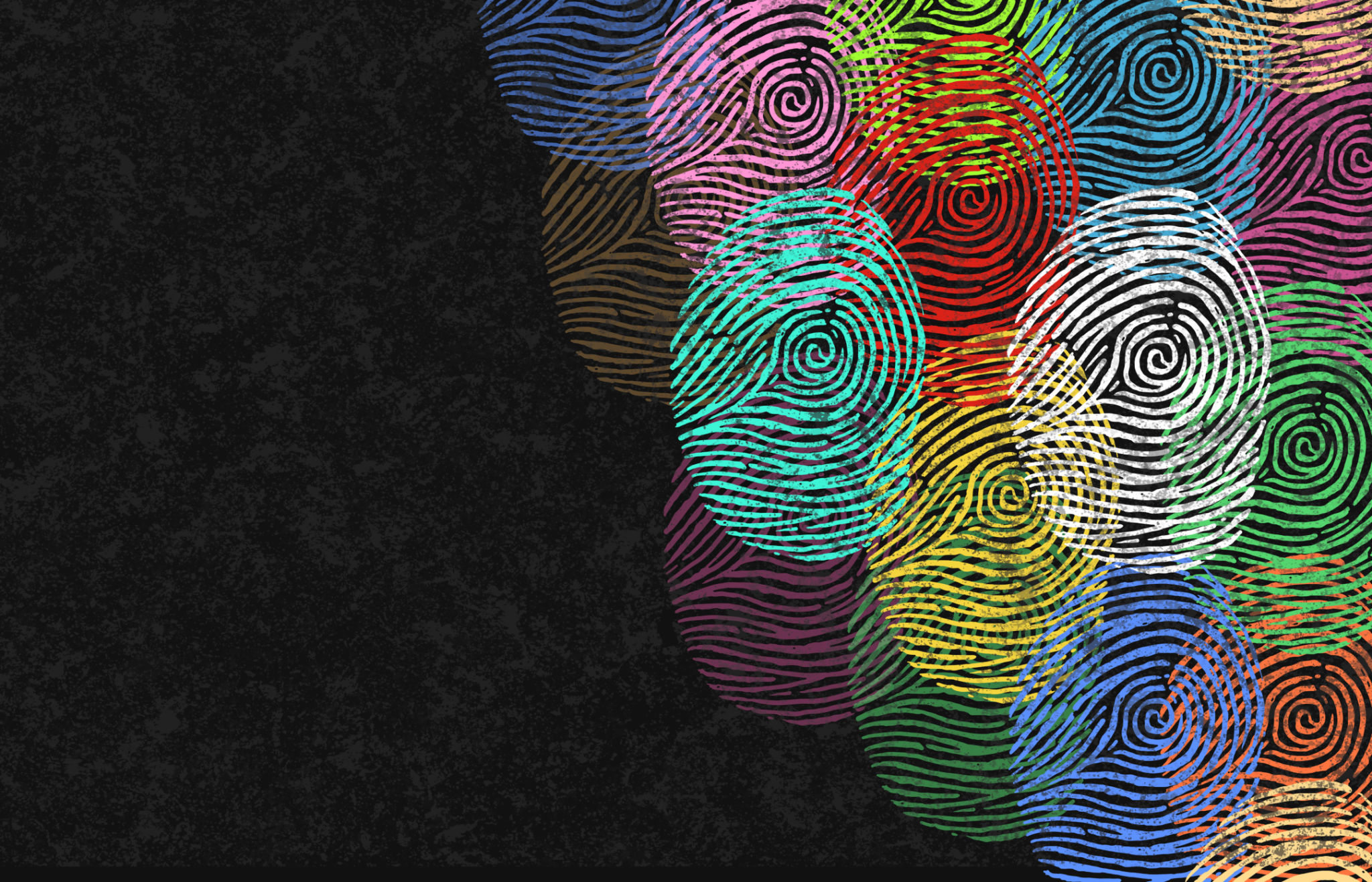How Co-Design Consultation Empowers Organizations with Disability Insights
Understanding Co-Design Consultation
Co-design consultation is an innovative approach that places stakeholders at the heart of the design process, particularly valuing the insights and experiences of individuals with disabilities. This collaborative method ensures that the end product or service is not only functional but also accessible and inclusive. By engaging those who will directly benefit from the design, organizations can develop solutions that truly meet the needs of all users.
Involving individuals with disabilities in the design process allows organizations to gain unique and valuable insights that might otherwise be overlooked. These insights can lead to more effective and inclusive designs, enhancing user experience and satisfaction for everyone. Moreover, co-design empowers participants by acknowledging their expertise and lived experiences.

The Benefits of Co-Design for Organizations
Organizations that embrace co-design consultation stand to gain numerous benefits. Firstly, this approach fosters a deeper understanding of the diverse needs of users, leading to more innovative and tailored solutions. By actively involving people with disabilities, organizations can uncover specific challenges and opportunities that may not be apparent from a traditional design perspective.
Additionally, co-design can enhance an organization's reputation as a leader in accessibility and inclusivity. By demonstrating a commitment to these values, organizations can build stronger relationships with their communities and stakeholders. This can result in increased trust, loyalty, and advocacy from users who feel genuinely valued and respected.

Steps to Implement Co-Design Consultation
Implementing co-design consultation requires careful planning and a commitment to genuine collaboration. Here are some key steps organizations can follow:
- Identify Stakeholders: Begin by identifying individuals who will be directly impacted by the design, including those with disabilities.
- Engage Early and Often: Involve stakeholders from the initial stages of the project and maintain regular communication throughout the process.
- Create an Inclusive Environment: Ensure that all participants feel comfortable sharing their insights by fostering an environment of respect and openness.
- Incorporate Feedback: Actively listen to stakeholders' feedback and incorporate their suggestions into the design.
Challenges and Considerations
While co-design consultation offers many advantages, organizations may face certain challenges when implementing this approach. Time constraints, limited resources, or a lack of understanding about accessibility issues can pose significant obstacles. To overcome these challenges, organizations should invest in training and resources to build knowledge and capacity around accessibility and inclusive design.
Another important consideration is ensuring that all voices are heard and valued equally throughout the process. This requires a conscious effort to avoid tokenism and ensure that diverse perspectives are genuinely integrated into the final design.

The Future of Co-Design in Accessibility
As society continues to prioritize inclusivity and accessibility, the role of co-design consultation is poised to grow. Organizations that embrace this approach will be better equipped to create products and services that cater to a wider audience, including individuals with disabilities. This not only benefits users but also positions organizations as leaders in innovation and social responsibility.
The future of co-design holds great promise for transforming how we think about accessibility, ensuring that all individuals have the opportunity to engage fully with the world around them. By empowering organizations with disability insights, co-design consultation paves the way for a more inclusive future.
![INCLUSIVE SOLUTIONS CONSULTING [ISC]](https://cdn.durable.co/logos/113Eou1zDU1qnbrkRVkhAHUW2DOiwLcOEJ5nMQ31npGPlLMXI6G6tGWT65re8ygI.jpg)